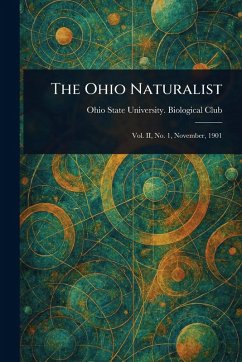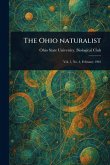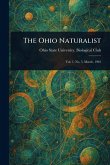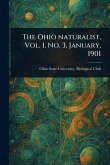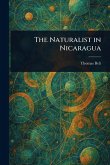Explore the fascinating world of Ohio's natural history with "The Ohio Naturalist, Vol. 2, No. 1, November, 1901." This meticulously prepared print edition offers a glimpse into the scientific observations and discoveries of the early 20th century. Delve into detailed articles covering zoology, with a particular focus on entomology, offering invaluable insights into the insect life of the region. The journal also includes studies of meteorology and climatology, providing a historical perspective on Ohio's weather patterns. This volume presents a snapshot of the ongoing research and understanding of the natural world in Ohio during this period. A valuable resource for anyone interested in the history of science, specifically natural history, this collection of articles provides primary source material documenting the natural environment of Ohio. From detailed studies of specific species to broader explorations of the state's diverse ecosystems, "The Ohio Naturalist" captures the enduring appeal of scientific inquiry and the timeless fascination with the natural world. This work has been selected by scholars as being culturally important, and is part of the knowledge base of civilization as we know it. This work is in the public domain in the United States of America, and possibly other nations. Within the United States, you may freely copy and distribute this work, as no entity (individual or corporate) has a copyright on the body of the work. Scholars believe, and we concur, that this work is important enough to be preserved, reproduced, and made generally available to the public. We appreciate your support of the preservation process, and thank you for being an important part of keeping this knowledge alive and relevant.
Bitte wählen Sie Ihr Anliegen aus.
Rechnungen
Retourenschein anfordern
Bestellstatus
Storno

